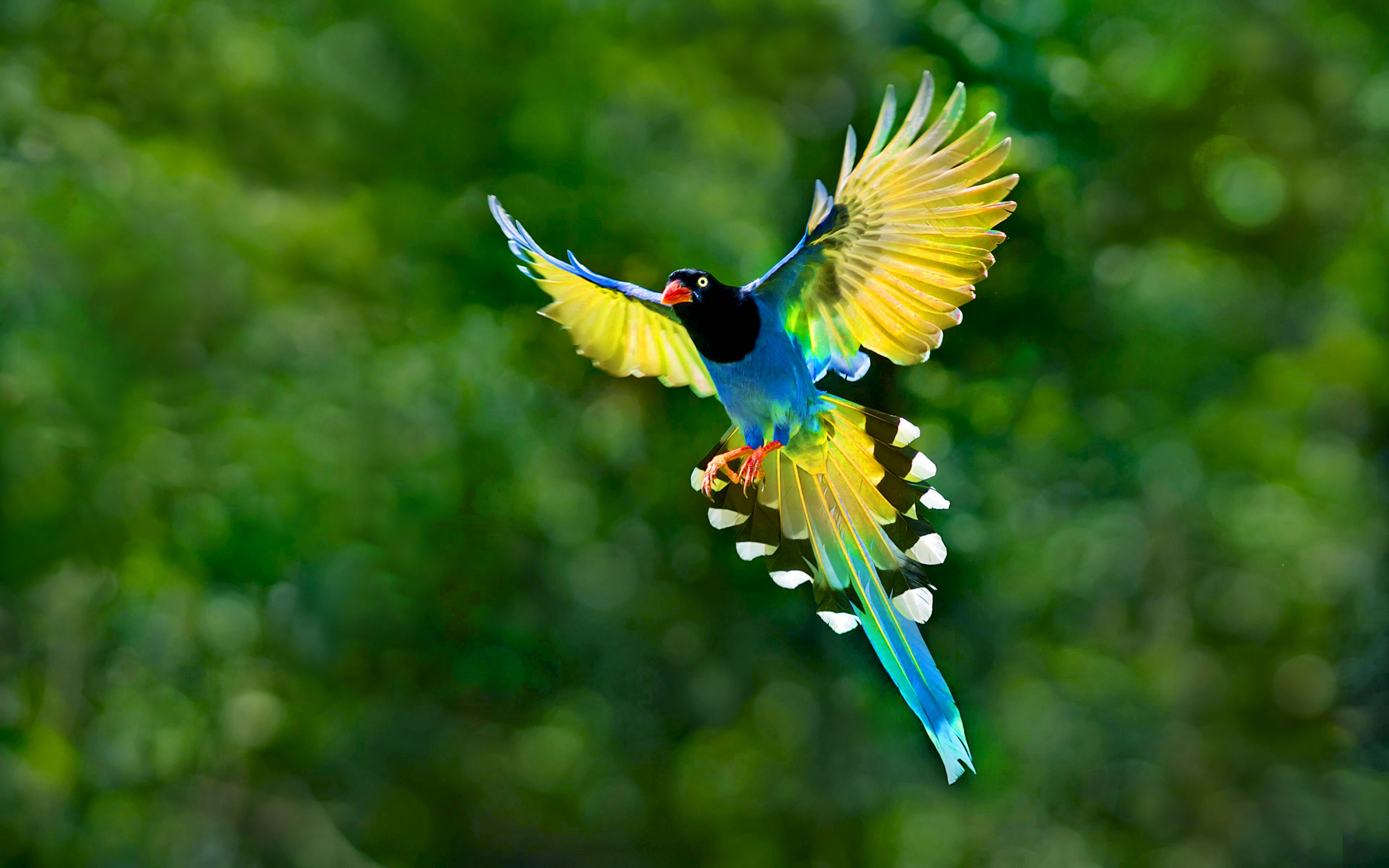
Birds with bright and unique colors are often considered the most beautiful, and this makes them attractive and aesthetically valuable to people. Not only do some of these species end up as icons and logos for famous brands and conservation programs, but they also become targets of the global pet trade because people want to own them. Ironically, this means that the most uniquely and brightly colored birds are often those most threatened with extinction.
In a new study published in the journal Current Biology, researchers have used data on the international trade in songbirds to explore the link between commercially desirable birds and their coloration. They used novel metrics of color to evaluate the aesthetics of taxonomic groups of birds across the world and found that the exploitation of songbirds for trade is closely linked to their coloration.

“Aesthetic value is an important part of how people value nature,” said study senior author Rebecca Senior of Durham University. “However, there is potential for conflict when what motivates some people to protect certain species is the same thing that makes other people want to own them. Songbirds are highly sought after in the pet trade, particularly for their beautiful songs. However, songbirds can also be remarkably colorful – a highly desirable trait in other commonly traded species, such as parrots.”

Using the recently published Songbirds in Trade Database, Senior and colleagues found that the total pet trade impacts 1,408 pᴀsserine species (perching birds, including songbirds), which amounts to approximately 30 percent of them. Globally, close to 3,000 bird species are traded as pets or products (e.g., as feathers, bills, or eggs). This trade is, in large part, driven by humanity’s pᴀssion for beauty and aesthetics, based on attributes like color, pattern, shape, and texture, state the authors of the study.
The researchers also found that trade status was non-random with respect to bird phylogeny, meaning that certain groups of related bird species, such as birds-of-paradise (Paradisaeidae) and weavers (Ploceidae), were more likely to be traded than others. Further analysis showed that these groups generally contain more colorful species.

The researchers measured color using two novel approaches. They determined the diversity of a bird’s coloration by recording the plumage colors present in six different anatomical locations on the bird’s body, and they also ᴀssessed the uniqueness of a bird’s colors.
The analysis shows that the tropics are the epicenter of bird color, with 91 percent and 65 percent of the world’s most diversely and uniquely colored ᴀssemblages of songbirds, respectively. They report that the pet trade particularly targets clusters of related birds that have unique color signatures; species with more unique coloration were both more likely to be traded as pets, and more likely to be classed as threatened. More colorful bird species were also likely to fetch higher prices than duller species when traded.
“We were surprised to see the strength of the laтιтudinal gradient in color; even when you account for the greater number of species in the tropics, the diversity of color in the tropics dwarfs all other regions,” Senior said.

While it seems obvious that birds with plumages of brilliant blues, oranges, and yellows would be more at risk, the researchers also discovered that pure white is a unique color found in many sought-after species, such as the endangered Bali myna. The findings highlight that the same color features that make some people willing to travel around the world for a mere glimpse of a bird through binoculars also potentially puts these birds at risk for pet trading. The findings have important implications for conservation.
“Understanding what motivates trade is essential to identify at-risk species potentially requiring more proactive protection from trapping,” Senior said. “Trade has the capacity to be regulated and managed sustainably with a better understanding of what is traded as well as where and why trade occurs. Loss of colorful species also directly erodes aesthetic value, which is problematic because, for better or worse, it is this value that often fundamentally motivates and funds conservation efforts.”
As the more colorful species succumb to global trade pressures, their numbers are likely to decrease and their populations will edge closer to extinction. In this scenario, the authors note that, as the abundance of prized species declines, trade will probably shift to congenerics (others in the same family group) with similarly desirable features. According to their analysis, this puts approximately 500 additional pᴀsserine species that are not currently traded, at risk being traded as pets in future.
Furthermore, as the most uniquely and diversely colored songbird species are gradually removed from wild bird communities, the authors predict that bird fauna left behind will manifest more drabness. This may have the consequence of making them less valuable to humans aesthetically, which may mean they will not be adequately conserved.
The researchers recommend programs to conserve nature’s aesthetic value through protecting the most colorful H๏τspots on Earth, which are to be found in tropical forests of South America, Africa and Indonesia. They say that because these areas are also H๏τspots of biological diversity in general, protecting them would also be beneficial for other exploited and threatened species.
In future studies, they hope to disentangle even more factors that play into regional variation in patterns of trade among birds. They’d also like to explore the role of color in the trade of other groups of animals and plants.





